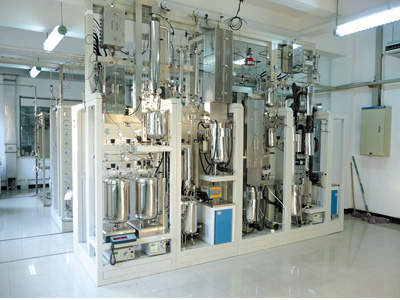How Much Do You Know About MEG Plant?
End uses for MEG range from clothes and other textiles, through packing to kitchenwaresearch engine coolants and antifreeze. Polyester and fleece fabrics, upholstery, rugs and pillows, in addition to mild and sturdy polyethylene terephthalate drink and food containers originate from ethylene glycol. The humectant (water attracting) properties of MEG products also make them perfect for use in fibres therapy, paper, adhesives, printing inks, leather and cellophane.
MEG is a colourless, odourless liquid with a syrup-like consistency.
55% of MEG is used to make polyester fibres. 25% of MEG is employed in polyethylene terephthalate - or PET - packaging and bottles.
45% of the planet's MEG output is consumed in China.
Global MEG demand was approximately 21 million tonnes in 2010. Forecasts indicate that by 2015, demand could be above 28 million tonnes each year. In China, MEG need continues to grow at around 7 percent every year.
Shell opened among the world's biggest MEG plants in November 2009 in its integrated refinery and petrochemicals hub in Singapore. The plant has a yearly capacity of 750,000 tonnes.
Annual output in the MEG Plant in Singapore could produce over two million tonnes of polyester, enough to create 6.7 billion polyester tops - more shirts than there are individuals on the planet.
MEG is produced from ethylene through ethylene oxide, and this in turn is hydrated using either a thermal or catalytic manufacturing procedure.
We are MEG Plant Supplier in China and we can supply MEG Production Technology.

评论
发表评论